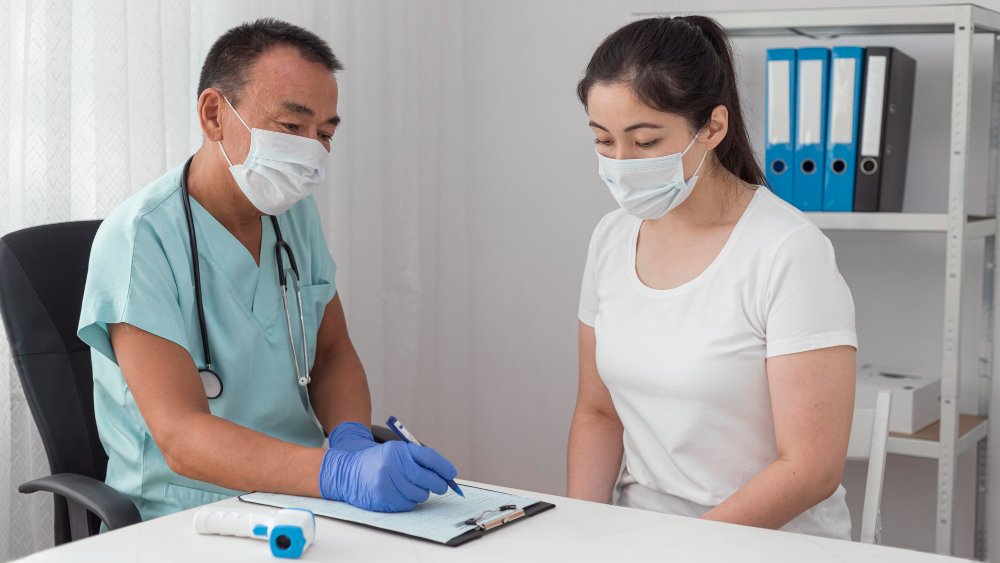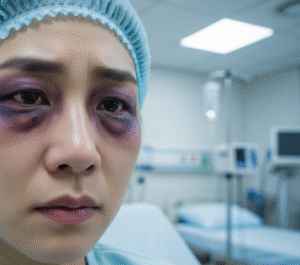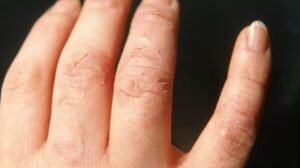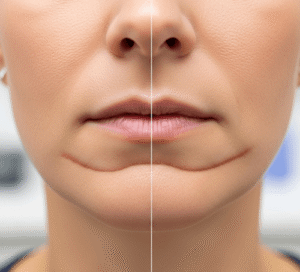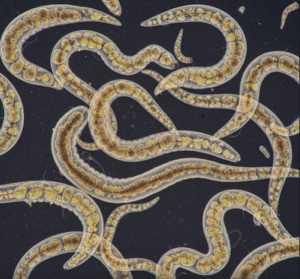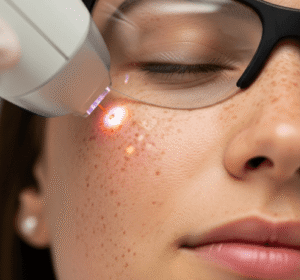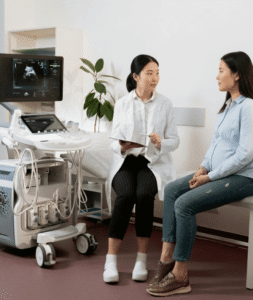Overview
Angiosarcoma is a rare and aggressive form of cancer that originates in the inner lining of blood vessels or lymphatic vessels. It can occur anywhere in the body but is most often found in the skin, breast, liver, or deep tissues. Angiosarcoma grows rapidly and has a high risk of spreading (metastasis), requiring prompt diagnosis and comprehensive treatment.
What is Angiosarcoma?
Angiosarcoma is a malignant tumor that develops from endothelial cells, which line the inside of blood and lymphatic vessels. Because of its vascular origin, angiosarcoma tends to bleed easily and can grow quickly. There are several types, depending on where the tumor arises:
- Cutaneous angiosarcoma – Usually occurs on the scalp or face in elderly individuals.
- Breast angiosarcoma – Can occur as a primary tumor or secondary to prior radiation therapy.
- Hepatic angiosarcoma – Found in the liver, often linked to chemical exposures.
- Deep tissue angiosarcoma – Occurs in muscles or organs.
Symptoms
Symptoms depend on the tumor location but may include:
- Skin (most common):
- Bruise-like purplish or reddish lesions
- Swelling or a growing mass
- Ulceration or bleeding from the lesion
- Breast:
- Rapidly growing mass
- Skin discoloration or swelling
- Liver:
- Abdominal pain or fullness
- Weight loss
- Jaundice
- General:
- Fatigue
- Unexplained weight loss
- Anemia
Causes
The exact cause of angiosarcoma is often unknown, but known risk factors include:
- Radiation therapy – Especially in patients previously treated for breast cancer.
- Chronic lymphedema – Such as after lymph node removal (Stewart-Treves syndrome).
- Exposure to chemicals – Vinyl chloride, arsenic, and thorium dioxide.
- Genetic mutations – Rarely, certain gene alterations are involved.
Risk Factors
- Previous radiation therapy (especially breast and head/neck)
- Chronic lymphedema (e.g., post-mastectomy)
- Age (more common in adults over 60)
- Occupational exposure to carcinogens
- Male gender (slightly higher risk for certain types)
- Genetic predisposition (rare)
Complications
- Metastasis – Angiosarcoma spreads rapidly to the lungs, liver, and lymph nodes.
- Severe bleeding – Due to the tumor’s vascular nature.
- Local recurrence – High rate even after surgical removal.
- Organ dysfunction – When tumors invade vital organs.
Prevention
- Minimize unnecessary radiation exposure.
- Proper management of chronic lymphedema.
- Protective equipment for workers exposed to carcinogens.
- Regular follow-up for cancer survivors with radiation history.
While not entirely preventable, early detection significantly improves outcomes.
Treatment Options in Korea
South Korea provides cutting-edge oncology care with a multidisciplinary approach to treating angiosarcoma.
Diagnosis:
- Biopsy for definitive diagnosis
- MRI, CT, PET scans to assess tumor spread
- Histopathology and immunohistochemistry to identify endothelial markers (e.g., CD31, CD34)
Treatment Approaches:
- Surgery:
- Wide local excision with clear margins is the primary treatment for localized tumors.
- Radiation Therapy:
- Often used after surgery or when surgery isn’t possible.
- Chemotherapy:
- Agents like paclitaxel or doxorubicin are commonly used.
- Targeted Therapy:
- Clinical trials may offer VEGF inhibitors or immunotherapies.
- Palliative Care:
- For advanced cases, symptom relief and quality of life management are provided.

